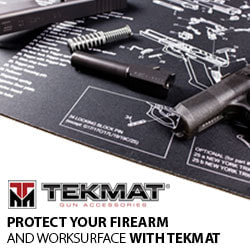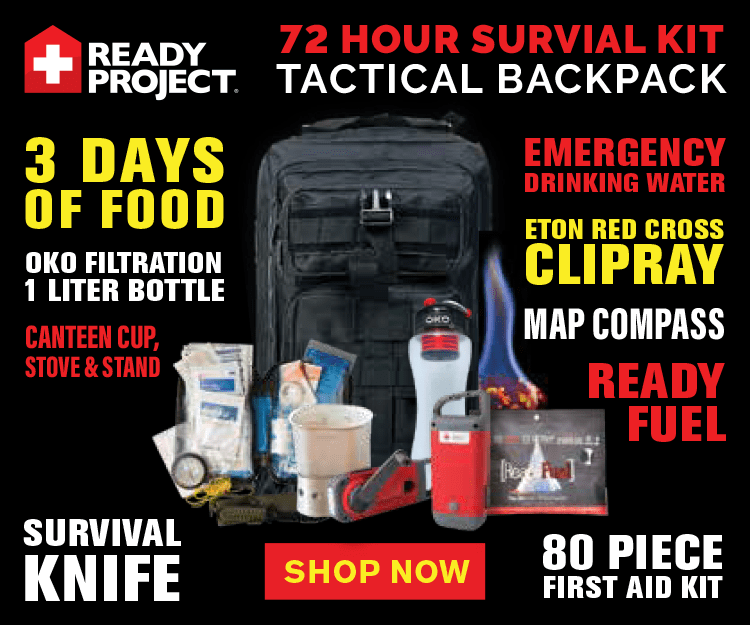Top 3 Mistakes for New Gun Owners When Purchasing a Pistol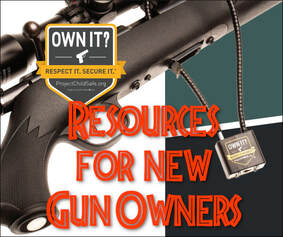 As a new gun owner, purchasing your first pistol is an exciting and important step. However, it's essential to approach the process with knowledge and caution to ensure you make an informed decision. Avoiding common mistakes can save you time, money, and potential disappointment. In this blog post, we will discuss the top three mistakes new gun owners make when purchasing a pistol and provide tips on how to avoid them. 1. Lack of Research and KnowledgeOne of the biggest mistakes new gun owners make is diving into a pistol purchase without conducting proper research or acquiring sufficient knowledge about the firearm. Here's what you should consider:
2. Impulsive Buying DecisionsNew gun owners often fall into the trap of making impulsive buying decisions, which can lead to dissatisfaction or regret later on. Avoid these pitfalls with the following considerations:
3. Neglecting Safety and TrainingNew gun owners sometimes overlook the importance of safety and training, both before and after purchasing a pistol. Avoid this mistake by prioritizing the following:
Disclaimer: Always prioritize safety when handling firearms. Familiarize yourself with local laws and regulations regarding gun ownership and purchasing.
0 Comments
Top 5 Mistakes When it Comes to Carrying Concealed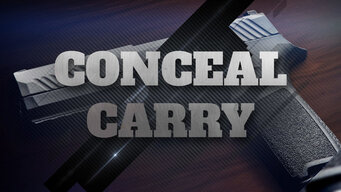 Carrying a concealed firearm is a significant responsibility that requires knowledge, preparation, and adherence to best practices. To ensure your safety and the safety of those around you, it's crucial to avoid common mistakes that can compromise your ability to carry concealed effectively. In this blog post, we will discuss the top five mistakes to avoid when carrying concealed and provide tips on how to rectify them. 1. Inadequate Holster SelectionSelecting the right holster is essential for safe and comfortable concealed carry. However, many people make the mistake of choosing an inappropriate or poorly designed holster. Here are a couple of considerations:
2. Negligent Trigger DisciplineNegligent trigger discipline is a critical mistake that can lead to unintentional discharges and potentially disastrous consequences. It's crucial to avoid placing your finger on the trigger until you're ready to shoot. Here's what to keep in mind:
3. Poor Concealment ClothingProper concealment is essential to maintain the element of surprise and ensure your firearm remains hidden from view. However, wearing inappropriate clothing or neglecting to consider concealment factors can compromise your efforts. Consider the following:
4. Lack of Training and PracticeCarrying concealed comes with the responsibility of being proficient in firearm handling and self-defense. Unfortunately, many people make the mistake of neglecting regular training and practice. Here are a couple of aspects to focus on:
5. Lack of Situational AwarenessCarrying concealed requires a heightened sense of situational awareness to identify potential threats and respond appropriately. Failing to maintain awareness can leave you vulnerable. Consider the following:
Disclaimer: Carrying concealed firearms is subject to local laws and regulations. It is your responsibility to familiarize yourself with and comply with all applicable laws. Top 3 Mistakes When it Comes to Shooting Pistols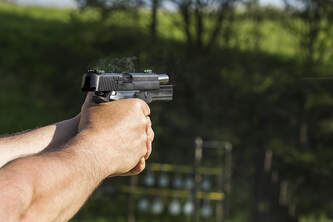 When it comes to shooting pistols, it's essential to develop proper technique and avoid common mistakes that can affect your accuracy, speed, and overall performance. Whether you're a beginner or an experienced shooter, being aware of these mistakes will help you improve your skills and enhance your shooting experience. In this blog post, we will discuss the top three mistakes to avoid when shooting pistols and provide tips on how to correct them. 1. Poor GripHaving a solid grip on your pistol is crucial for accuracy and recoil management. One of the most common mistakes shooters make is gripping the pistol too loosely or incorrectly. Here are some grip-related errors to watch out for:
2. Improper Sight AlignmentProper sight alignment is vital for hitting your target consistently. Failing to align your sights correctly can lead to missed shots or a significant decrease in accuracy. Here are a couple of sight alignment mistakes to avoid:
3. Anticipating RecoilAnticipating recoil, also known as flinching, is a common mistake that affects shooters of all experience levels. It occurs when a shooter involuntarily tenses up or jerks the pistol just before the shot is fired. This anticipation can throw off your aim and result in inconsistent shot placement. Here's how to overcome this mistake:
By being mindful of these top three mistakes and implementing the suggested tips, you can enhance your shooting skills and improve your overall performance with pistols. Remember, practice makes perfect, so dedicate time to refine your technique and build your confidence. Happy shooting!
Disclaimer: Always prioritize safety when handling firearms. Seek professional instruction and adhere to local laws and regulations |
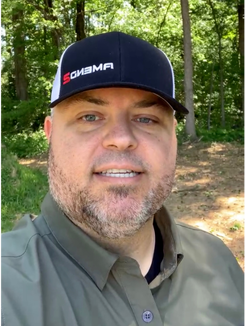
Jesse London The founder of Instinctive Advantage saw a hole in training in the firearms community and wanted to spread more extensive knowledge to get new shooters more involved with self defense and home protection. Instinctive Advantage classes are based on a combination of law enforcement training and 30 plus years of firearms experience. Archives
July 2023
Categories |
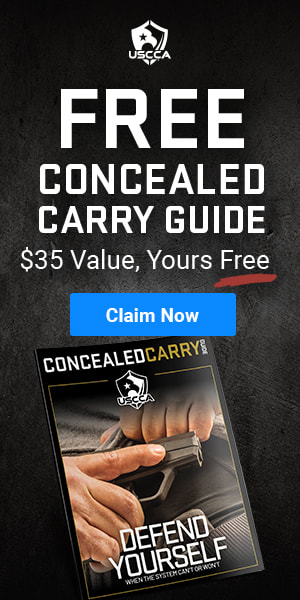
 RSS Feed
RSS Feed




